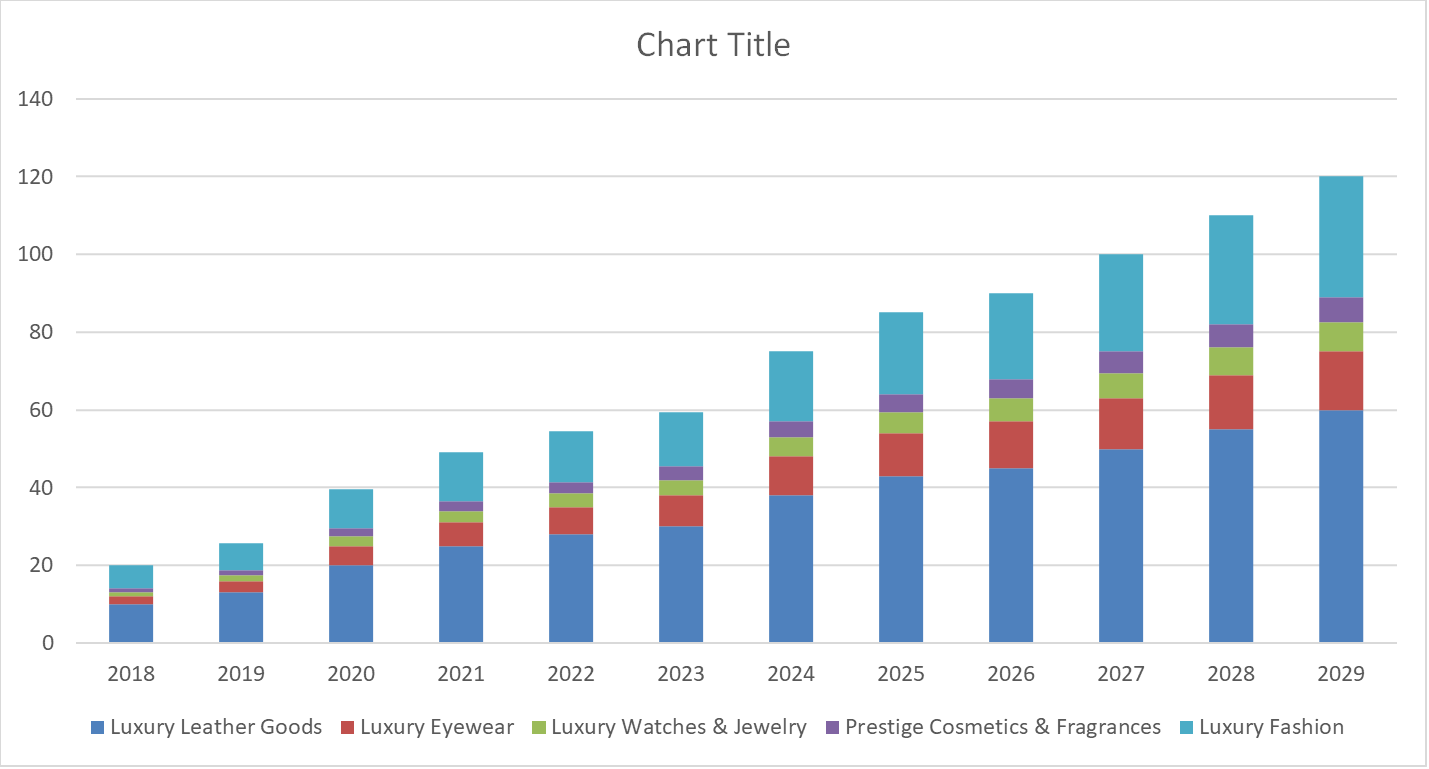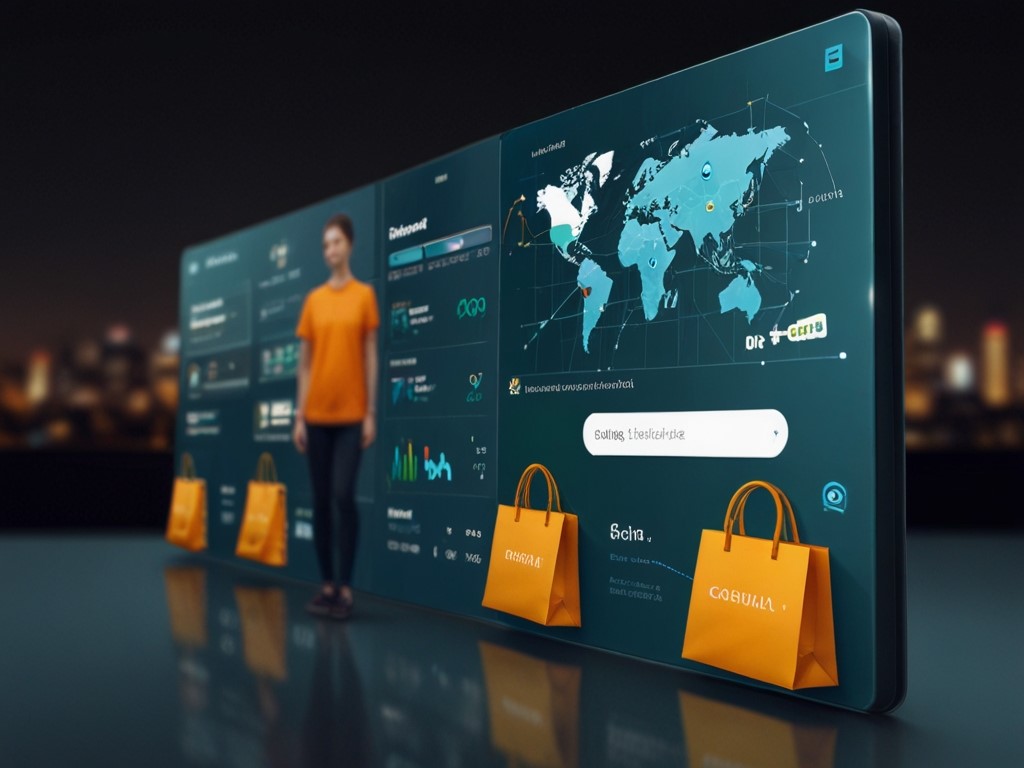The Growing Demand for Digital Transformation in India: Unlocking New Horizons for Businesses
India stands at the forefront of a digital revolution, transforming how businesses operate and how services are delivered across sectors. With an estimated 700 million internet users in 2022, India is already home to one of the largest digital economies globally. This trend is expected to accelerate, with digital transformation poised to contribute over $1 trillion to India’s economy by 2025, according to a consulting firm. The combination of government initiatives, growing internet penetration, and the private sector’s push for modernization is unlocking new potential across industries.
Overview of Digital Transformation in India
The rise of digital transformation in India is largely driven by technology adoption in day-to-day business operations, increased investments in digital infrastructure, and the growing role of cloud-based solutions. The Digital India initiative, launched in 2015, has created a framework for fostering innovation and entrepreneurship. Today, India has emerged as a hub for tech-driven solutions, ranging from financial services and healthcare to e-commerce and manufacturing.
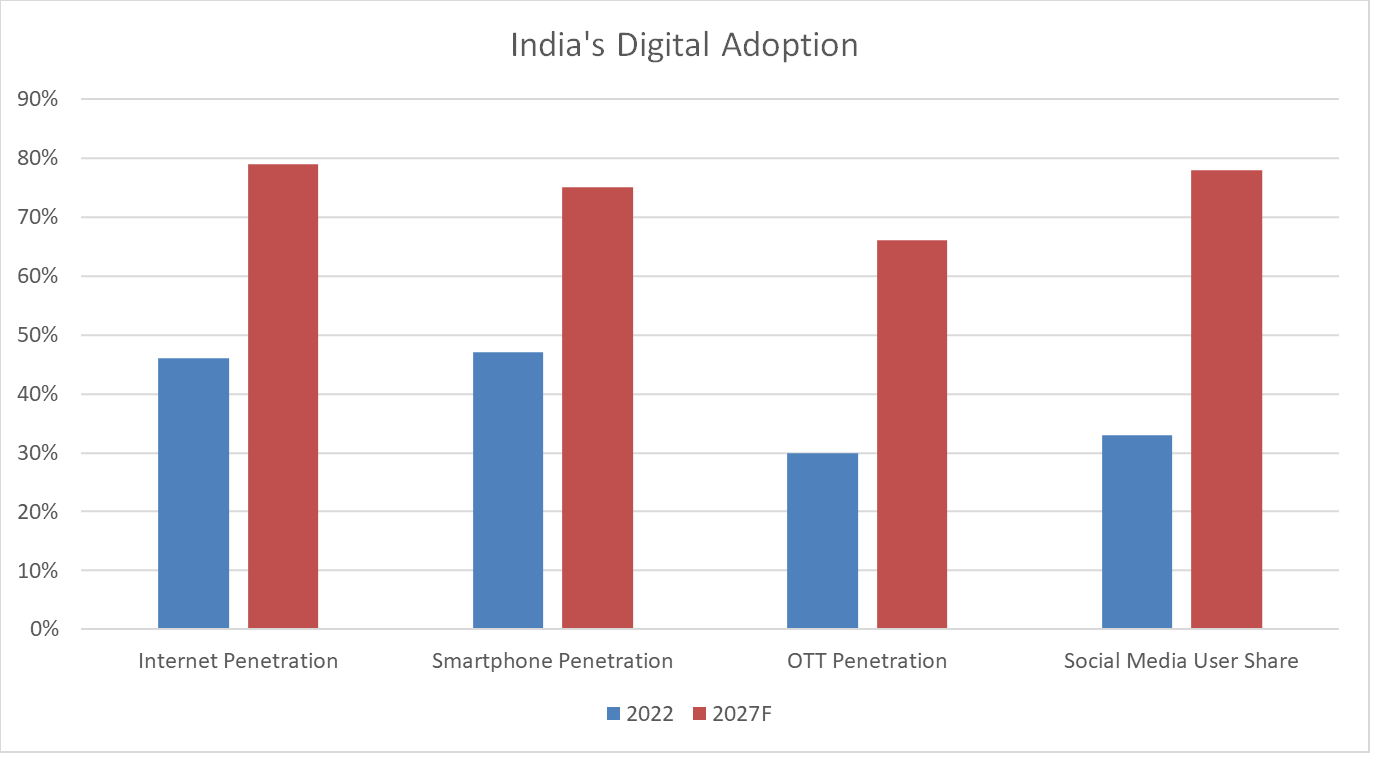
Factors Driving Digital Adoption
Several factors are contributing to this rapid digital shift:
Government Initiatives: Projects like Digital India, UPI, and Aadhaar have paved the way for increased digital engagement.
Technological Advancements: The adoption of artificial intelligence (AI), cloud computing, and 5G technologies is reshaping industries by improving efficiency, reducing costs, and offering real-time insights.
Consumer Behaviour: A growing digital-savvy population, especially millennials and Gen Z, are demanding more personalized, data-driven experiences.
- Key Benefits ofDigital Transformation For Indian businesses, digital transformation offers several key benefits:
- Enhanced customer experience: Personalized services using AI and big data are becoming the norm.
- Operational efficiency: Automation in sectors like manufacturing, retail, and logistics has led to cost reductions.
- Global competitiveness: The adoption of digital technologies enables businesses to scale and compete on a global level, driving productivity and innovation.
Government Initiatives and Policies
The Indian government’s proactive approach has been a key enabler of digital transformation. The Digital India initiative has significantly accelerated digital adoption across sectors, providing a strong foundation for digital governance, infrastructure, and services.
- Digital India Initiative: Launched to ensure that government services are made available to citizens electronically, this initiative has already reached over 500 million people, promoting e-governance and digitization at an unprecedented scale.
- UPI: Unified Payments Interface (UPI) has revolutionized the payment ecosystem in India. With over 8 billion transactions per month in 2023, UPI has established India as a global leader in digital payments, reducing dependence on cash and driving financial inclusion.
- Aadhaar: With over 1.3 billion enrolments, Aadhaar is the world’s largest biometric ID system. It has been pivotal in providing digital identity and enabling services such as eKYC, direct benefit transfers, and the Jan Dhan financial inclusion scheme.
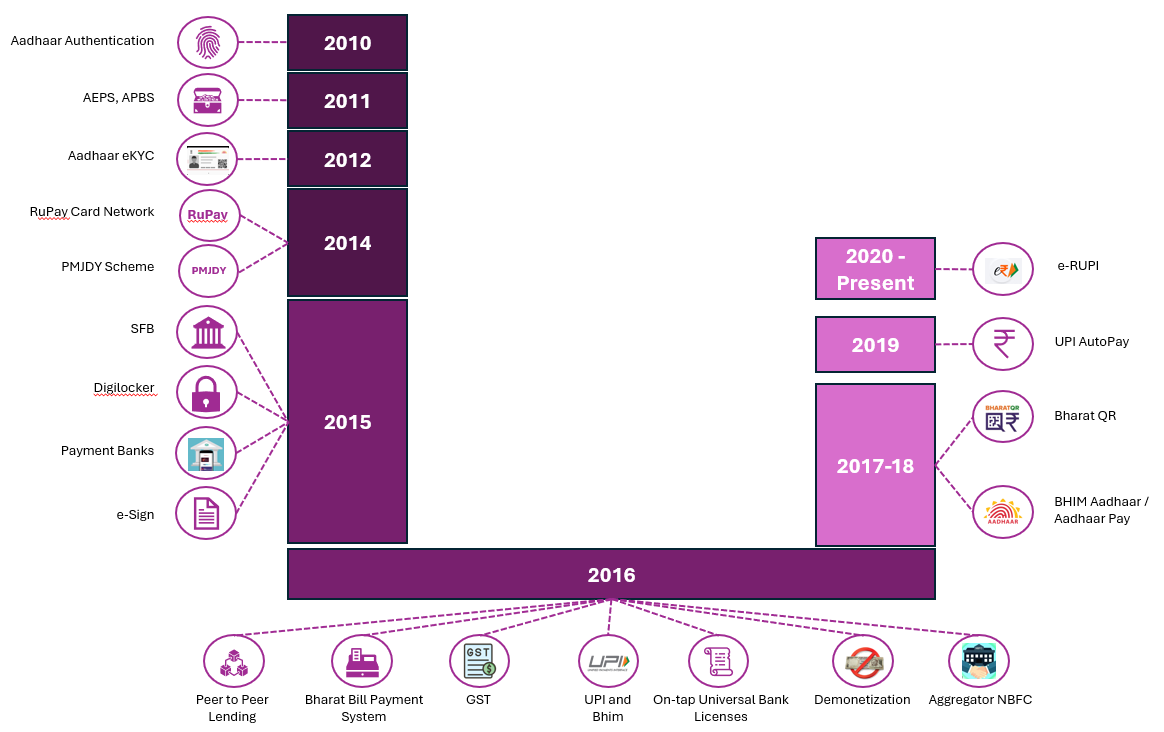
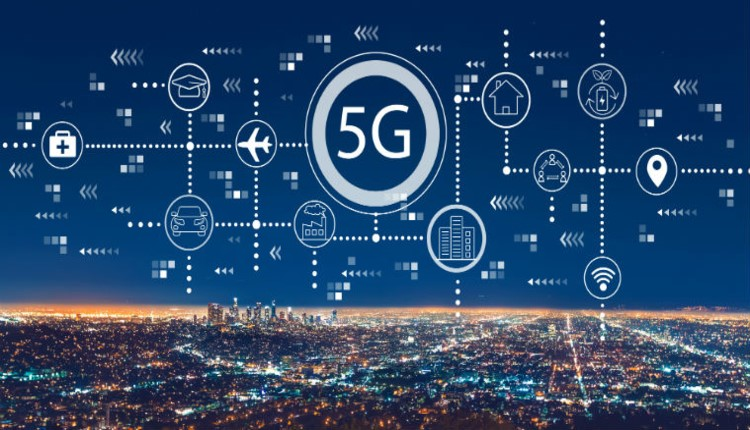
5G Technology: Ushering in a New Era of Connectivity
The adoption of artificial intelligence (AI), cloud computing, and 5G technology has redefined India’s business landscape, driving automation, connectivity, and efficiency.
AI and Cloud Computing: Merging Intelligence with Scalability
AI is being deployed across sectors, from predictive analytics in retail to smart manufacturing processes. AI could add up to $500 billion to India’s GDP by 2035, while cloud adoption has enabled companies to scale up operations, reduce costs, and enhance collaboration.


E-commerce Explosion: Redefining the Retail Landscape
E-commerce grew exponentially during the pandemic, and the sector is projected to reach $200 billion by 2027, driven by AI-driven personalization, faster delivery systems, and an increased online customer base.
Telemedicine and Digital Health
Telemedicine has grown by 300% since 2020, providing much-needed healthcare services to remote areas. The National Digital Health Mission (NDHM) aims to integrate digital health services across India, ensuring universal healthcare access.

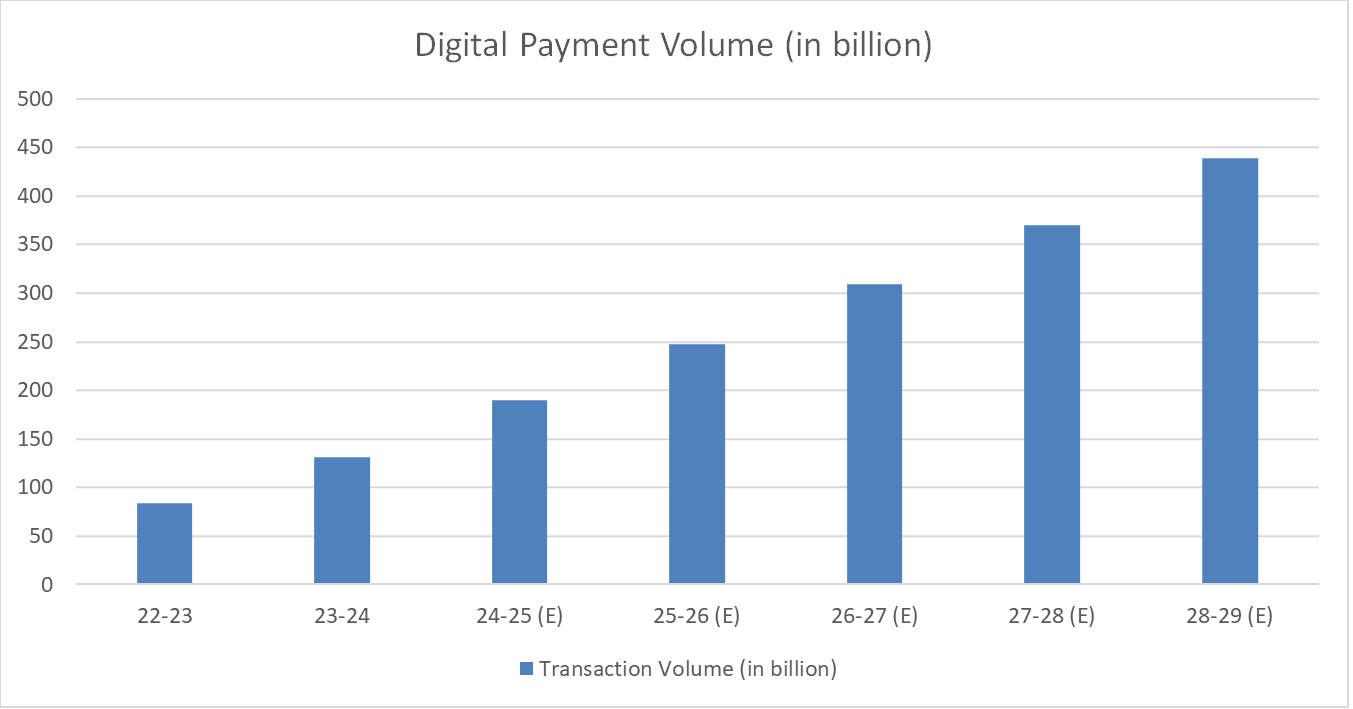
Financial Services and FinTech
The rise of fintech has been a significant driver of digital transformation in financial services, with mobile banking, digital wallets, and AI-driven financial services becoming the norm.
- Digital Payments: By 2026, India’s digital payments market is projected to grow to $10 trillion, fueled by platforms like UPI and Paytm.
- FinTech Revolution: India’s fintech sector, one of the largest in the world, has significantly expanded access to financial services, enabling millions of unbanked and underbanked individuals to access financial products.
E-commerce Growth
India’s online retail market is expected to hit $200 billion by 2027. Companies are leveraging AI for consumer behavior analysis and demand forecasting, transforming how products are marketed, priced, and sold.
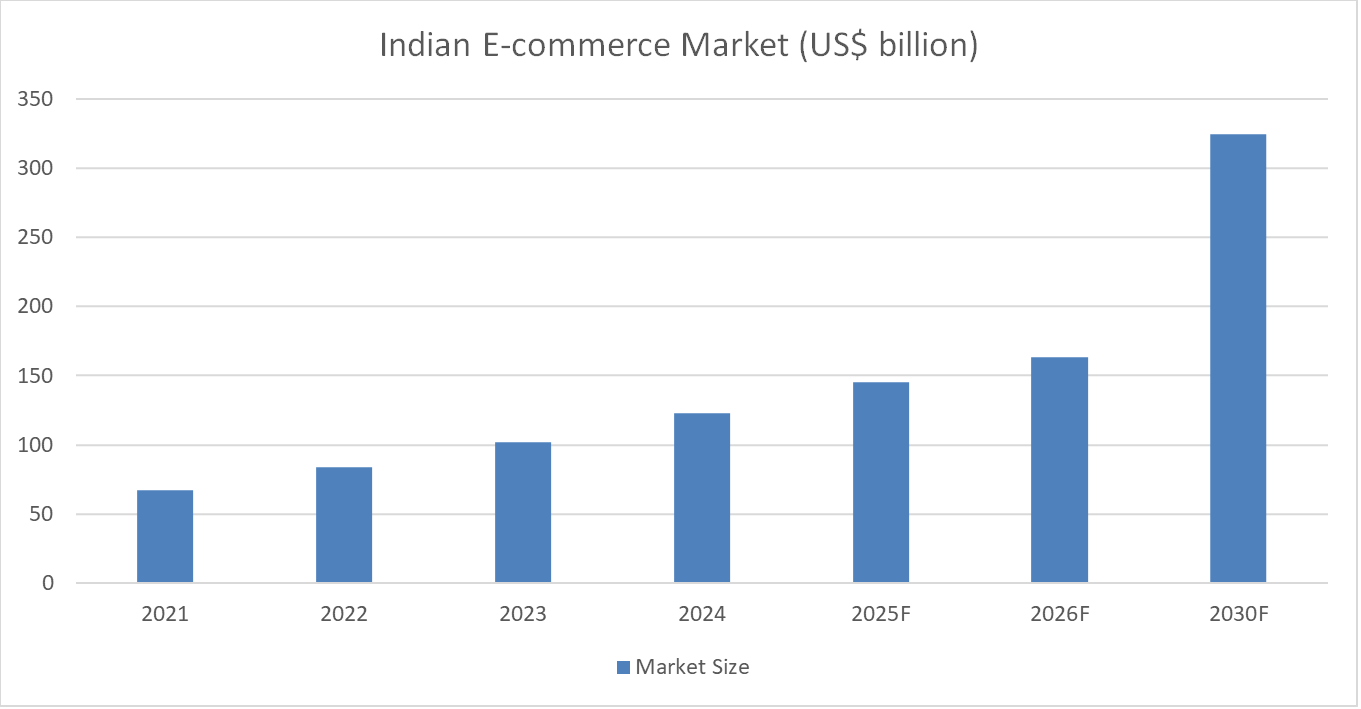

Healthcare
The healthcare sector is rapidly embracing digital platforms, driven by the pandemic and the increasing demand for remote health services.
- Telemedicine: The telemedicine market in India grew by 300% in 2020 and continues to be an essential service for patients in remote regions.
- Digital Health Initiatives: Government programs like the National Digital Health Mission (NDHM) aim to create a unified digital health ecosystem, enabling the seamless exchange of health data and improving access to healthcare services.
Cybersecurity Concerns
With the rapid expansion of digital services, cyber threats have become a major concern. In 2022, 76% of Indian businesses reported facing at least one cyber attack. The rise in ransomware, phishing, and data breaches necessitates stronger cybersecurity frameworks.
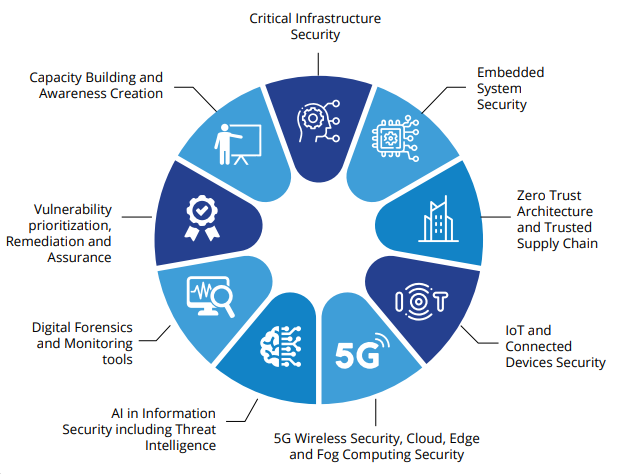
Conclusion
Potential for India’s Digital Economy : India is poised to become a global leader in digital transformation, with its digital economy projected to reach $1 trillion by 2025. Technologies like AI, 5G, and blockchain are enabling businesses to scale and innovate, creating vast opportunities for growth.
Overcoming Challenges for Sustainable Growth : To fully realize the potential of digital transformation, India must bridge the digital divide, enhance cybersecurity, and invest in upskilling its workforce. With collaborative efforts from the government, private sector, and educational institutions, India can foster an inclusive and sustainable digital ecosystem, leading the charge in global innovation.







